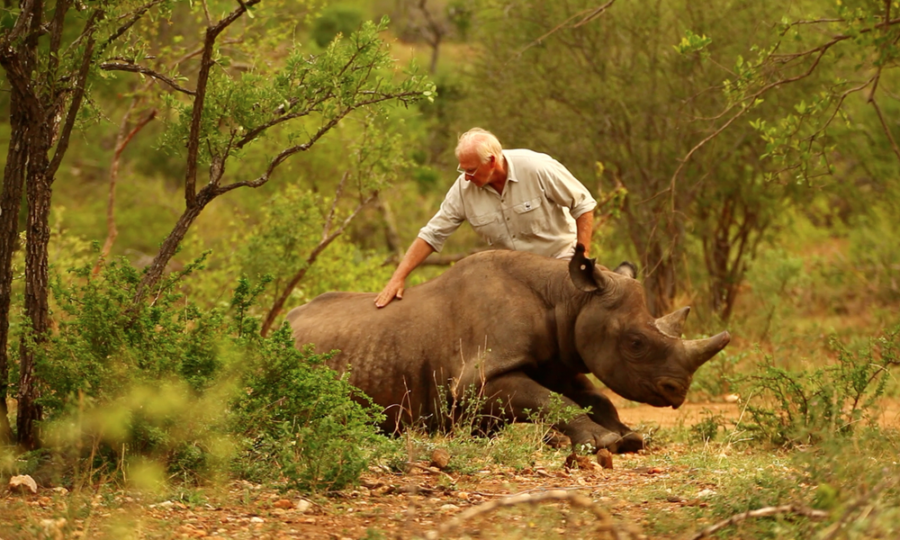Help Save The Rhinos
Rhinoceros are the second largest mammal in the world. There are 5 types of species of Rhinos such as :
- Black Rhinos – White Rhinos (Southern & Northern)
- Javan Rhinos – Indian Rhinos
- Sumatran Rhinos
These five species live in the continents of Africa, Asia, some in India, and some in Sudan. Three rhino species living in Asia and two species living in Africa. South Africa is known to be home to roughly 80% of wildlife rhinos. The word rhinoceros comes from “nose horn.” Evidence of prehistoric rhino discovers that the early species was once called “ Perissodactyl,” no one knows exactly how this theory evolved into modern-day Rhinos.
Today, there are less than 30,000 Rhinos living. Their ancestors were distributed widely across the world, such as Europe, and some roamed in China 20,000 years ago. Due to climate changes, there was a massive amount of losses of rhinos 12,000 years ago. There was also a loss of over 60,000 black rhinos in just the last 20 years. Others were due to habitat loss. In China, the rhino’s horns are defined as “Wealth & Success”, they also use their horns for trading, money (each kilogram is an estimated $25,000 plus), and medicine. In 1993, it has became illegal to hunt or sell rhinos, it also became illegal in the USA in 1973.
Poachers are now more sophisticated in their weapons using military guns, vehicles, and threatening wildlife rangers tasked with protecting animals. Places like Southern Africa and the Convention on International Trade in Endangered Species have private lands to recover the species and populate and improve their breeding as well.
In 2018, the last male northern white rhino subspecies functionally became extinct. These species initially lived in Sudan and the Democratic Republic of Congo. The Javan rhino is also on very thin ice, the Sumatran has also become extinct in Vietnam in 2010 and Malaysia in 2015. All through the survival of the white rhinoceros extinction has given hope for the other 4 species. Some Indian rhinoceros successfully were used for repopulating nature reserves.
These rhinoceros can only be saved successfully through proper law enforcement and the work of specialized non-government organizations in close cooperation with the local community. Research indicates that large animals such as the rhinoceros are key redistributors of nutrients in the hydrological cycle process of water. They are also keystone to tourism across Africa and in the economy and social environments.











